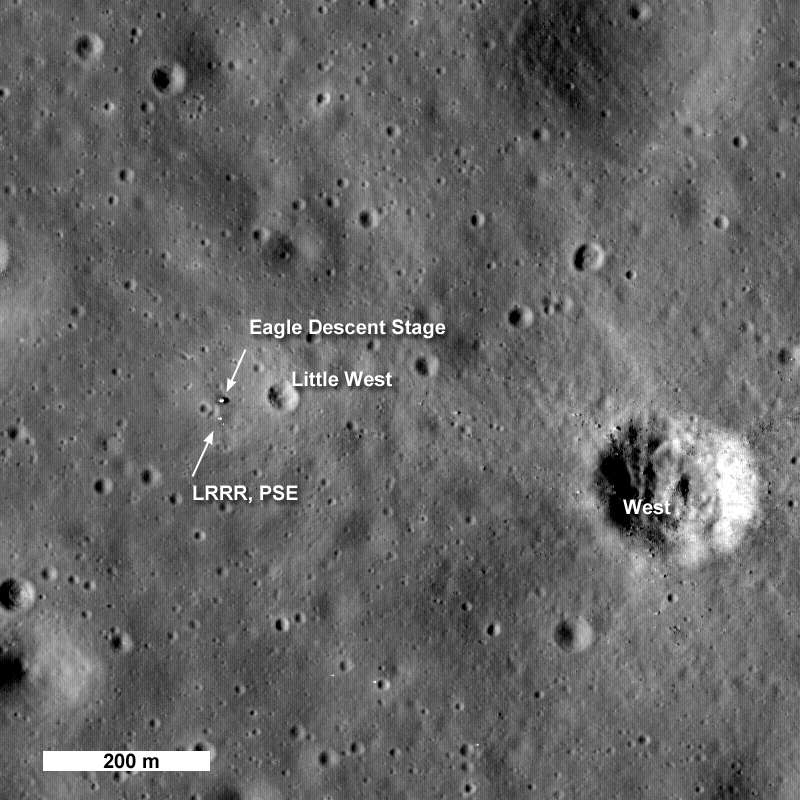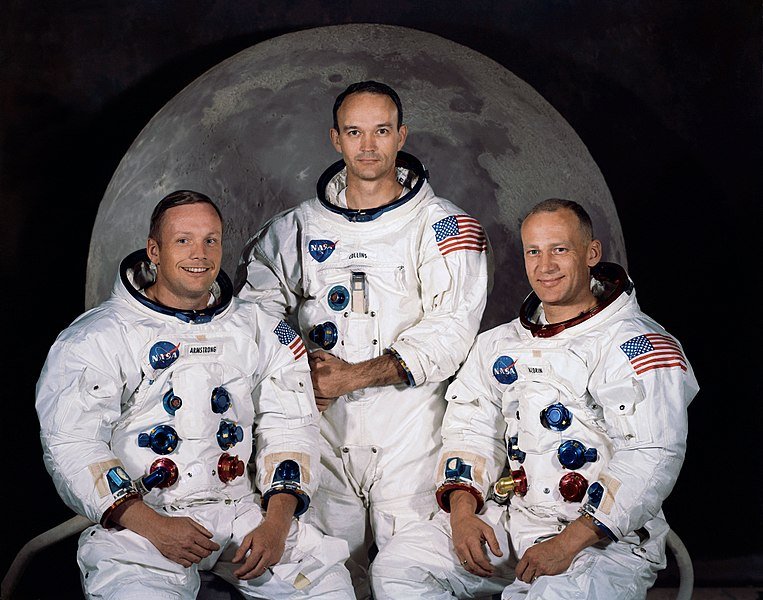Image credit: NASA
Today people around the World celebrate the 49th anniversary of the first Moon landing!
Humans have finally fulfilled their long-term dream when Commander Neil Armstrong and Lunar Module Pilot Buzz Aldrin touched down on the Lunar surface on July 20, 1969 at 8:18 PM UTC. The third crew member, Michael Collins remained in orbit around the Moon piloting the Columbia module. All the objective of this bold and daring first mission: to land on the Moon, to collect the samples and to return safely back to Earth were met!
The last mission?
Apollo 11 was the first mission to visit the Moon, but not the last. The following five Apollo expeditions have landed ten more astronauts on the Moon between 1969 and 1972. But apart from those 12 brave men, no human have ever set foot on any space object outside the Earth. Or even left the Earth’s low orbit.
Eugene Cernan of the Apollo 17 crew was the last man on the stand on the Moon on Dec 14, 1972. Before reentering the lunar module, he said: “...I’m on the surface and as I take man’s last step from the surface, back home, for some time to come, but we believe not too long into the future – I’d like to just say what I believe history will record: that America’s challenge of today has forged man’s destiny of tomorrow. And, as we leave the Moon at Taurus-Littrow, we leave as we came and, God willing, as we shall return, with peace and hope for all mankind…”
And return we shall!
Many countries, space agencies, and even private companies have plans to visit the Moon in the nearest future. Maybe even colonize it one day. But we will always remember that it all started with the small step of Neil Armstrong, with the courage of the Apollo 11 crew and with the brilliant work of hundreds of scientists and engineers who made the Apollo flight possible.
Where can we see some of the Apollo 11 Moon landing artifacts?
- Command module Columbia is currently enjoying the spotlight on its first ever national tour with “Destination Moon: The Apollo 11 mission” exhibition. In 2021 it will become a part of the permanent gallery at the National Air and Space Museum in Washington, D.C. Here is where you can see Columbia in the next three years:
Space Center Houston | Oct. 14, 2017–March 18, 2018
Saint Louis Science Center | April 14–Sept. 3, 2018
Senator John Heinz History Center, Pittsburg, | Sept. 29, 2018–Feb. 17, 2019
The Museum of Flight, Seattle | March 16–Sept. 2, 2019 - Eagle Lunar Module ascent stage crashlanded on the Moon after safely delivering astronauts to Columbia. Its exact location is unknown.
- Eagle Lunar Module descent stage and all the scientific equipment that the astronauts left behind remain on the Moon. You can spot the module, the camera and other objects on the photographs made by NASA Lunar Reconnaissance Orbiter.
 Image credit: NASA
Image credit: NASA - Stage One F1 rocket engines were discovered in 2012 by Jeff Bezos and his team in the Atlantic ocean. Parts of the two engines were recovered from the ocean floor in the following year.
- Apollo 11 mission returned around 22 kilograms of moon rock and dust to the Earth. Most of the samples ended up in NASA research centers. The tiny rocks were given as good will presents to all 50 states in the US and to the heads of 135 countries. Is there one in the museum in your country?
Happy Apollo 11 Moon landing anniversary!
Any questions? Let the inflatable planetarium team know! And don’t forget to visit our space dome to learn more about the Moon and the Apollo Moon landing missions.

